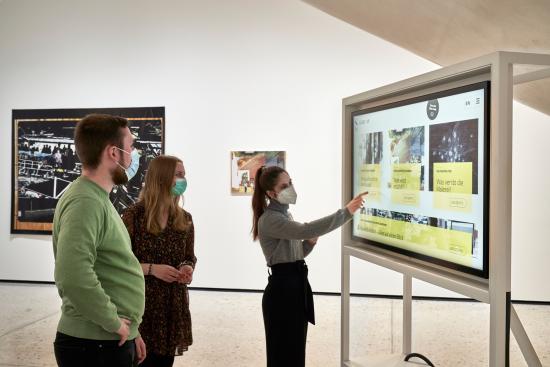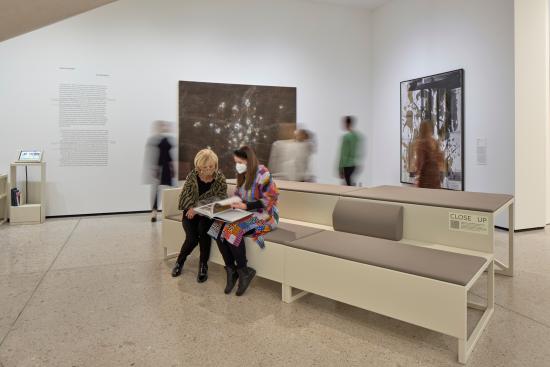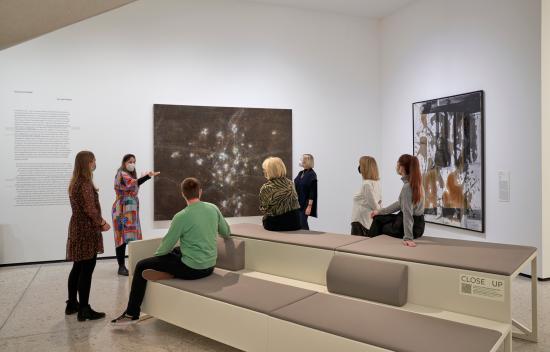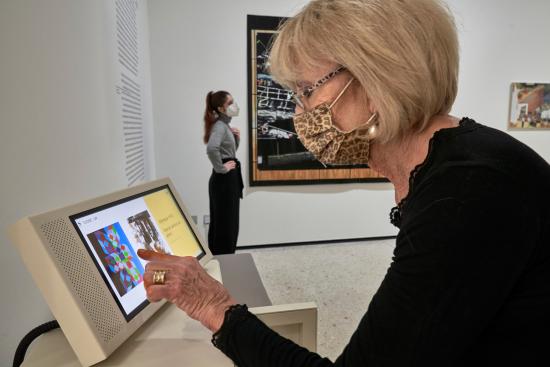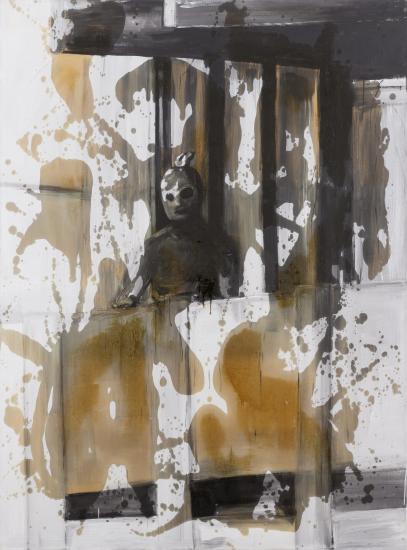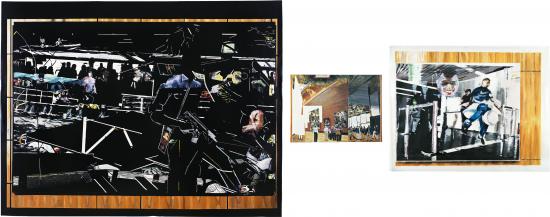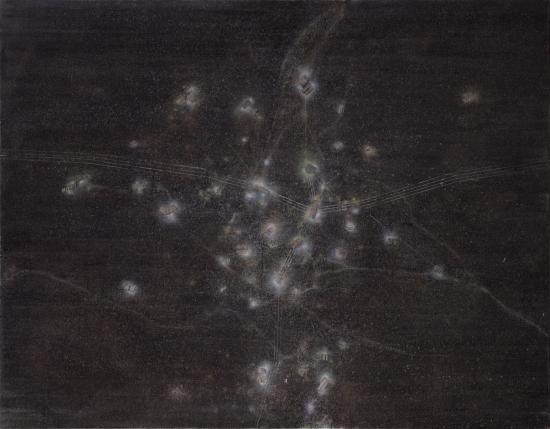New CLOSE UP Revolving around Art & Politics in the Collection of Contemporary Art
New thematic focus of the mediation space // Digital application on site and from now on also for home use // Guided tours
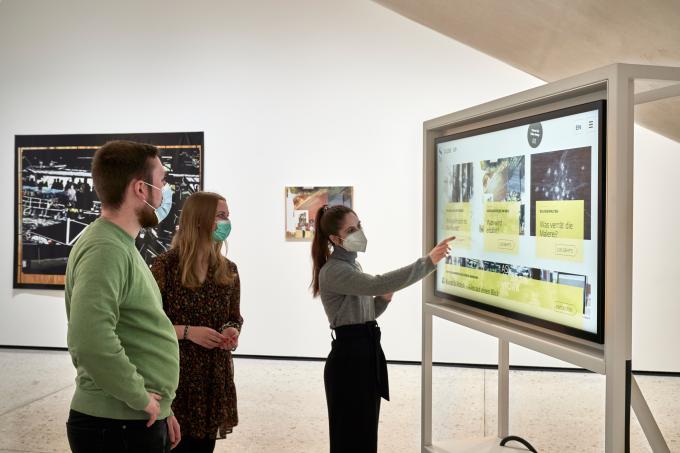
Press text
Press images
Social Media
Social Networks
Films
-
-
 26.07.2024: Städel | Frauen. Künstlerinnen zwischen Frankfurt und Paris um 1900 | Jetzt im STÄDEL MUSEUM
26.07.2024: Städel | Frauen. Künstlerinnen zwischen Frankfurt und Paris um 1900 | Jetzt im STÄDEL MUSEUM
-
 14.06.2024: Gastkommentar: Kunst und die innere Uhr mit Chronobiologe Manuel Spitschan
14.06.2024: Gastkommentar: Kunst und die innere Uhr mit Chronobiologe Manuel Spitschan
-
 31.05.2024: Was bewegt Muntean/Rosenblum?
31.05.2024: Was bewegt Muntean/Rosenblum?
-
 28.03.2024: KOLLWITZ | STÄDEL MUSEUM
28.03.2024: KOLLWITZ | STÄDEL MUSEUM
-
 16.02.2024: Gastkommentar: Kunst & Demographischer Wandel mit Wirtschaftswissenschaftler Axel Börsch-Supan
16.02.2024: Gastkommentar: Kunst & Demographischer Wandel mit Wirtschaftswissenschaftler Axel Börsch-Supan
-
 08.02.2024: Honoré Daumier. Die Sammlung Hellwig | STÄDEL MUSEUM
08.02.2024: Honoré Daumier. Die Sammlung Hellwig | STÄDEL MUSEUM
-
 26.01.2024: Was bewegt Miron Schmückle?
26.01.2024: Was bewegt Miron Schmückle?
-
 24.11.2023: Holbein und die Renaissance im Norden | STÄDEL MUSEUM
24.11.2023: Holbein und die Renaissance im Norden | STÄDEL MUSEUM
-
 28.09.2023: Gastkommentar: Kunst & Schwarze Löcher mit Astrophysikerin Silke Britzen
28.09.2023: Gastkommentar: Kunst & Schwarze Löcher mit Astrophysikerin Silke Britzen
-
 18.08.2023: Gastkommentar: Musik im Bild mit Musikwissenschaftlerin Melanie Wald-Fuhrmann
18.08.2023: Gastkommentar: Musik im Bild mit Musikwissenschaftlerin Melanie Wald-Fuhrmann
-

